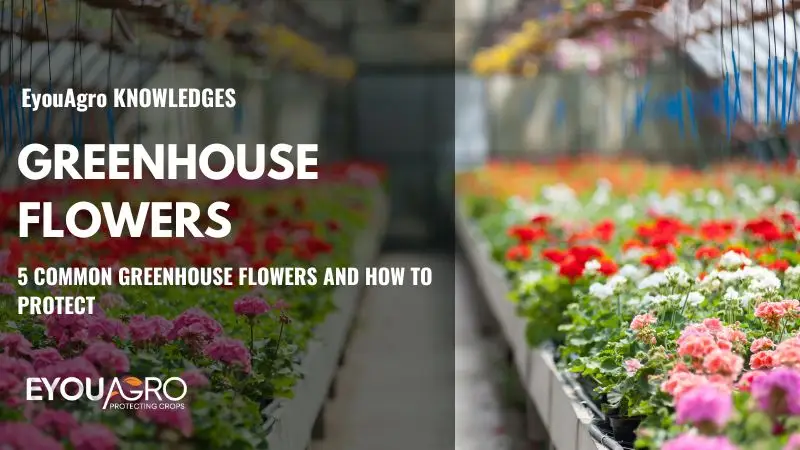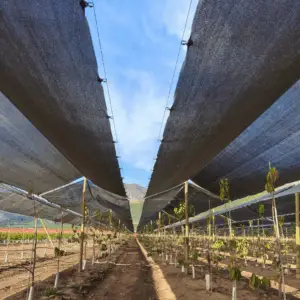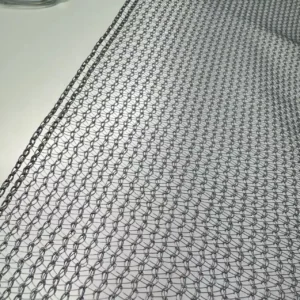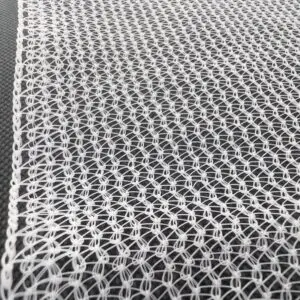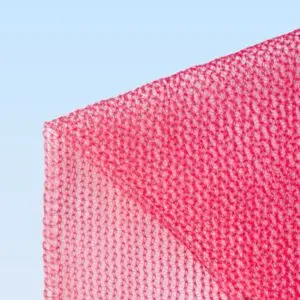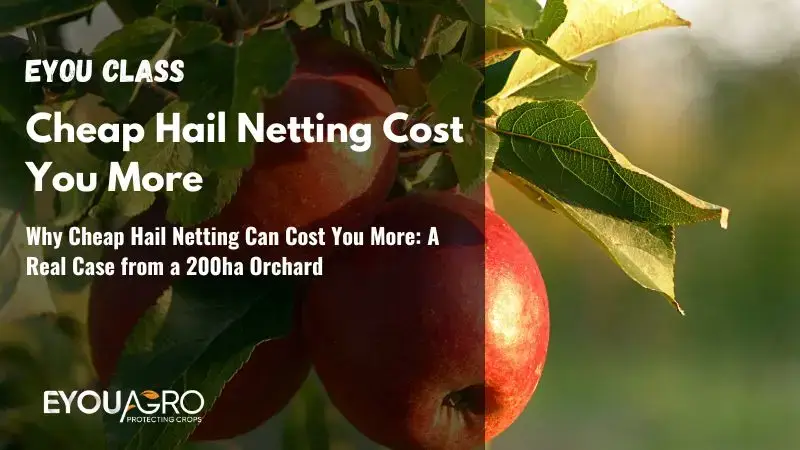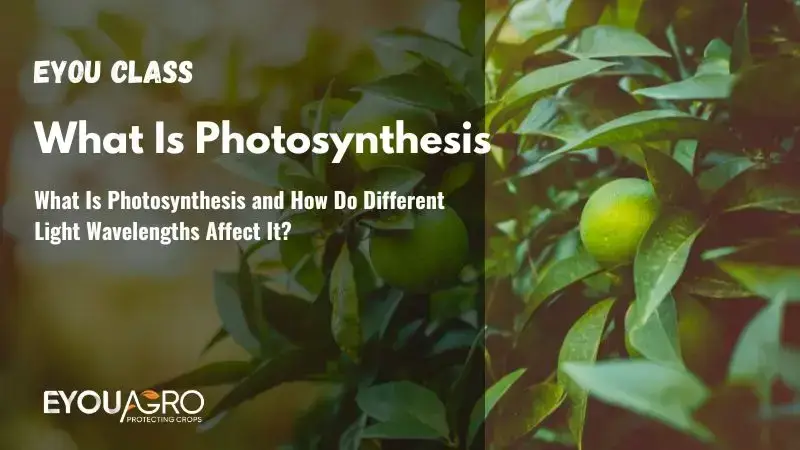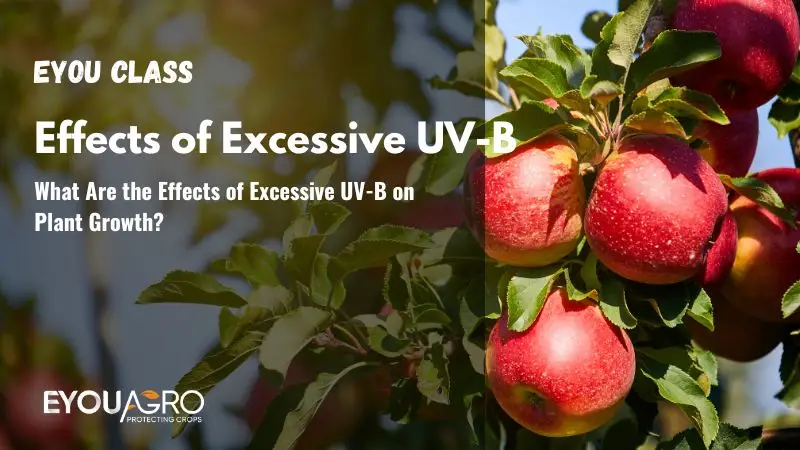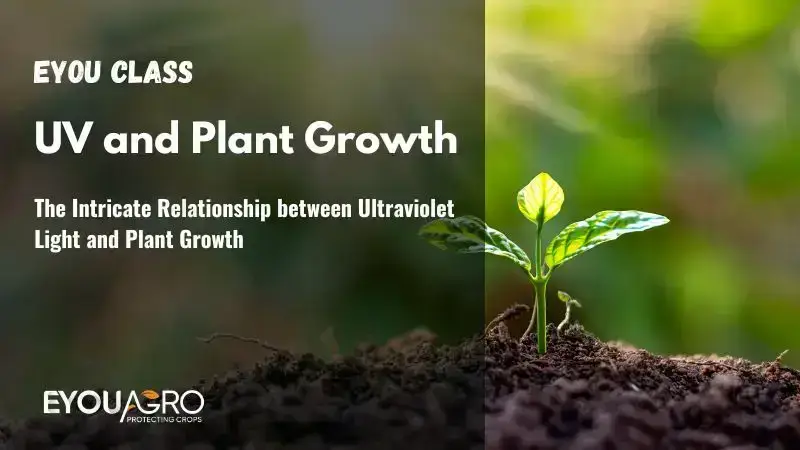Introduction
Many flowers need a warm environment to grow and the greenhouse gives these flowers the possibility to grow all year round. This is why we can also see these flowers in winter. In the greenhouse, the right temperature is maintained all year round so that the flowers can keep growing vigorously. And there are other flowers that also require controlled humidity and light intensity, which can be regulated by the greenhouse, which is why flowers cannot be grown without it. Here we present five common types of flowers in greenhouses and the protective targets they need to grow.
5 Common Greenhouse Flowers and Their Protect Targets
Chrysanthemum
The most suitable temperature is between 18 and 23 °C (64-73 degrees Fahrenheit). Note that the temperature above 32 °C( 90 degrees Fahrenheit), or below 10 °C ( 50 degrees Fahrenheit), will affect the growth of chrysanthemums.
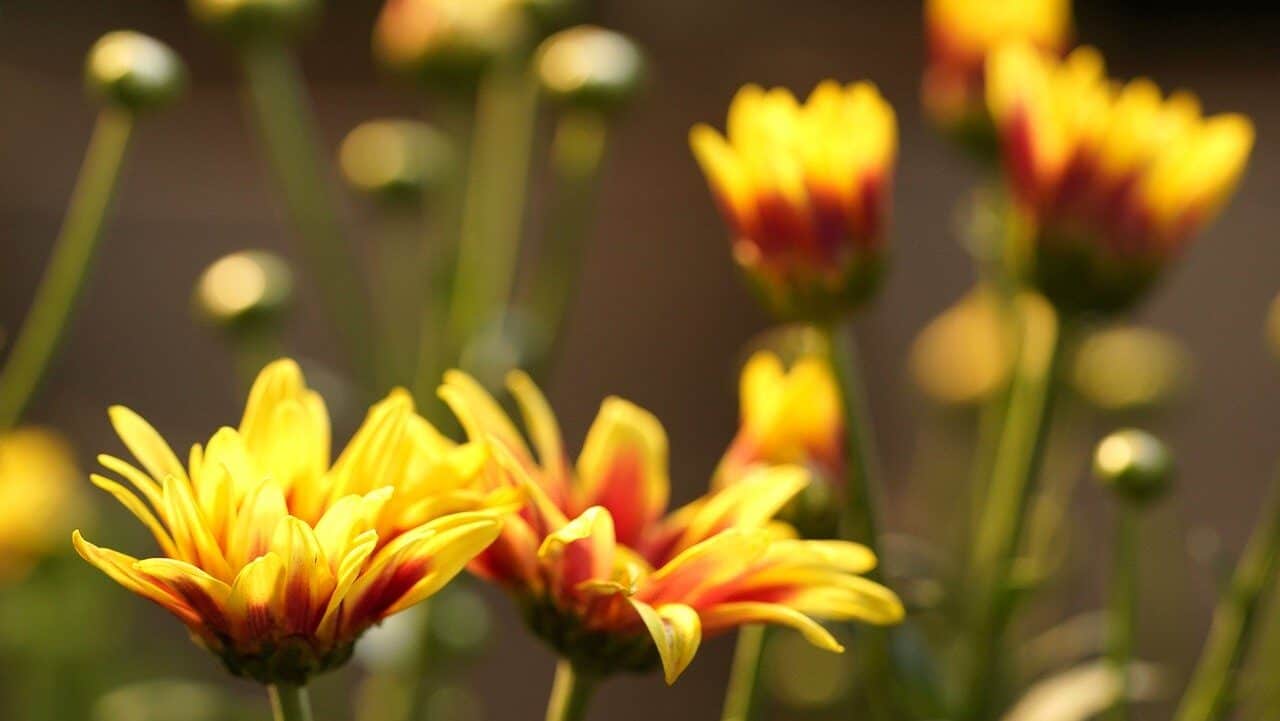
Chrysanthemum is a kind of short-day flower that needs an efficient blackout screen to minimize light exposure.
4 hours of light per day is enough for Chrysanthemum. When the temperature in summer is too high, appropriate shading measures should be taken; meanwhile, when the temperature in winter is too low, appropriate warm-keeping measures should be taken,too.
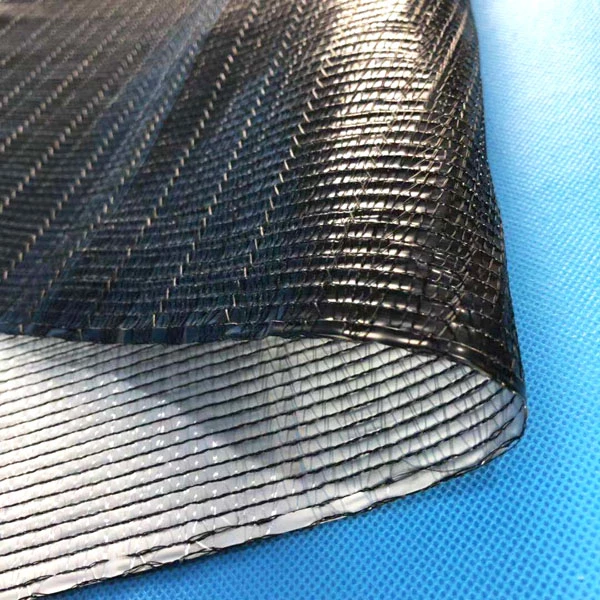
During the growth period of chrysanthemums, fertilizer should be applied every 20 days and water should be applied every 4 days. When you fertilize, the concentration should be light and the amount should be small.
Protective target: shading in summer, saving energy in winter
Recommendation: shading screen
EyouAgro Project Case:
Greenhouse Location: New Zealand
Problem: Daylength control, need diffuse light, and shading for flowers
Solution: blackout shading screen,
transparent energy-saving screen
Gerbera
Gerberas like warm in winter and cool in summer, adapt to an environment with good air circulation. The optimum temperature during the growth period is 20-25°C, and the optimum temperature during the dormancy period in winter is 12-15°C. If it is lower than 10°C, the growth will stop. However, the strong sunlight in summer can also harm gerbera.
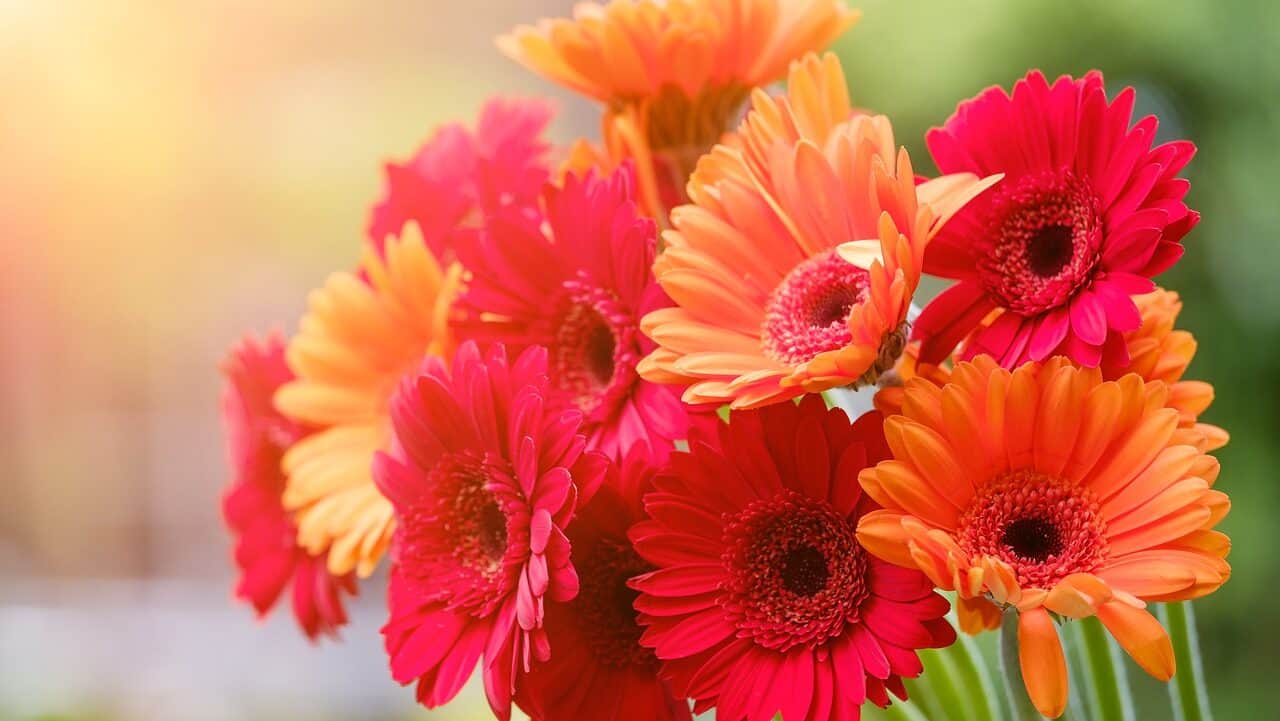
Gerbera is a kind of plant needing a lot of light, and the sun exposure time cannot be less than 12 hours. When potting, be sure to place it in a sunny place. In this way, the leaves will be healthy and firm, the stems will stand upright, and the color of the flowers will become brighter.
Gerbera needs a lot of water to grow. Must be watered regularly to meet the growing needs, but not too much water.
Protective target: shade in summer, provides correct light levels, saving energy in winter,Regulation of day length
EyouAgro Project Case:
Greenhouse Location: New Zealand
Needs: Cooling the greenhouse and adjusting the light in spring and summer. Adjusting day length.
Solution: blackout shading screen,
transparent energy-saving screen
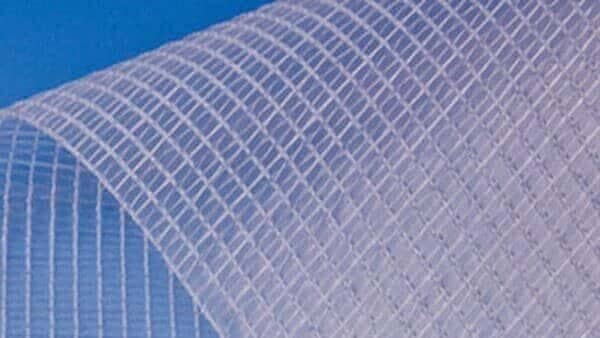
Phalaenopsis
The suitable temperature for the growth of Phalaenopsis is 15~30℃, 25~28℃ during the day and 18~20℃ at night. When the temperature is above 35°C or below 10°C, the Phalaenopsis stops growing. And it is easy to die below 5°C.
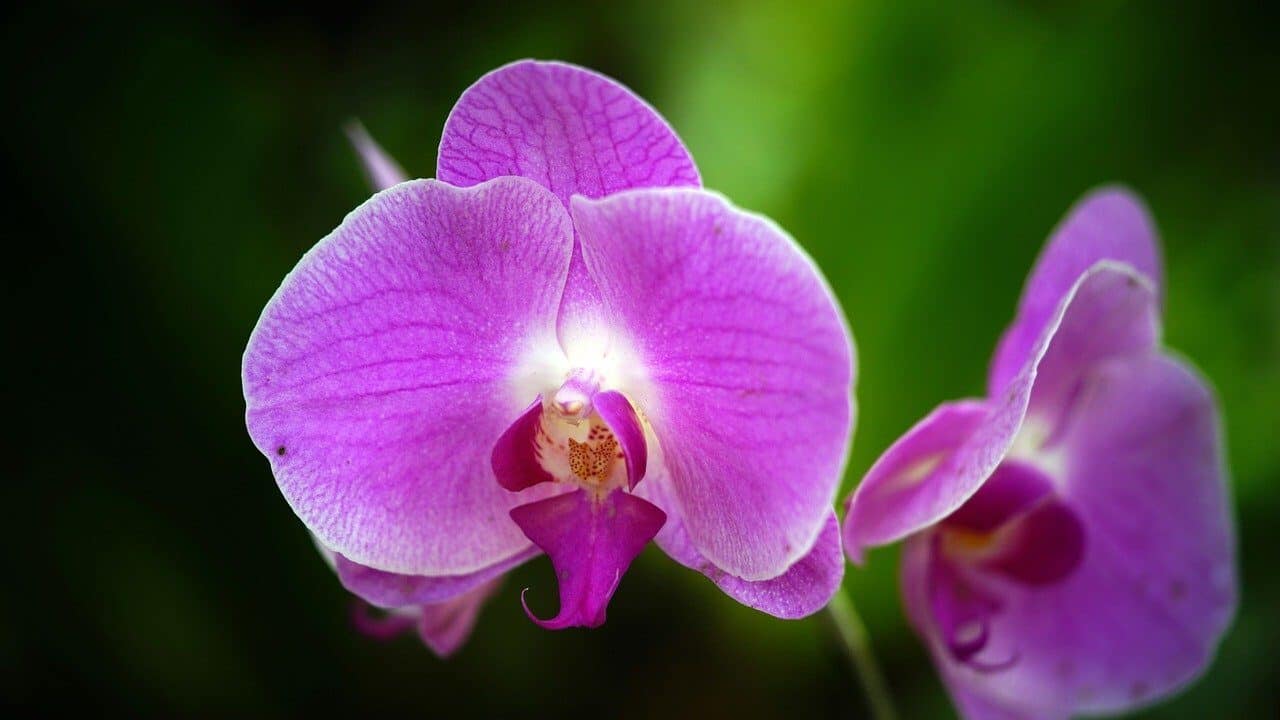
The relative humidity of the air requires 70% to 80%.
Phalaenopsis is not suitable for direct exposure to strong light and that will cause the leaves to be burned. Therefore, shading treatment is required when the light is strong in spring, summer, and autumn. When the outdoor light intensity exceeds 20000Lx, it is necessary to close the sunshade screen to start shading.
Protective target: shading in summer and spring, saving energy, providing better quality light
EyouAgro Project Case:
Greenhouse Location: Brazil
Needs: Conserving energy, Reducing solar radiation
Solution: 1. Sunlight reduction through Black and white shading screens
2. Energy conservation by using blackout shading screen,
3. Cool the greenhouse with internal aluminet thermal screen
Anthurium
The optimum temperature for the growth of Anthurium is 18℃~28℃, the highest temperature should not exceed 35℃, and the lowest temperature is 14℃. If it is lower than 10℃, freezing damage may occur at any time. In summer, cooling measures are required when the temperature is higher than 32°C, and in winter, heating is required when the indoor temperature is lower than 14°C.
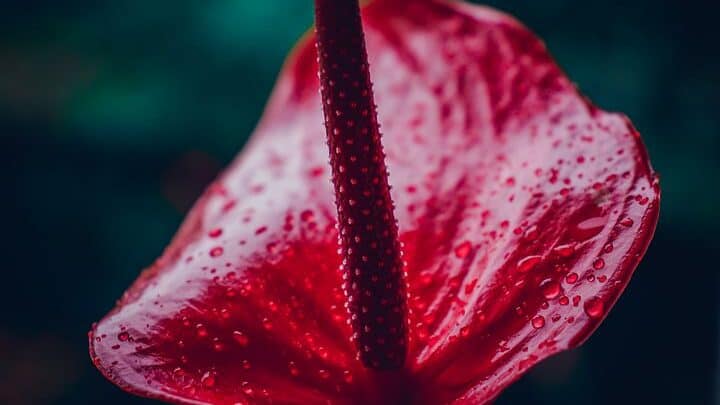
When the light is too strong, it may cause discoloration, burns, or scorching of the leaves. Anthurium needs proper light intensity. The suitable light intensity is 10000-20000Lx, which is mainly determined by different species and different growth conditions in different growth periods. In any case, ensure that the light cannot exceed 25000-30000Lx for a long time.
Protective target: shading, saving energy
Rose
The suitable growth temperature for roses is between 15℃ and 25 ℃. The growth temperature cannot be too low or too high, otherwise, it will grow poorly. If the rose is exposed to strong sunlight for a long time, it is easy to make their leaves dry, then turn yellow and fall off. Therefore, when the temperature is relatively high, keeping shade and ventilating is necessary.
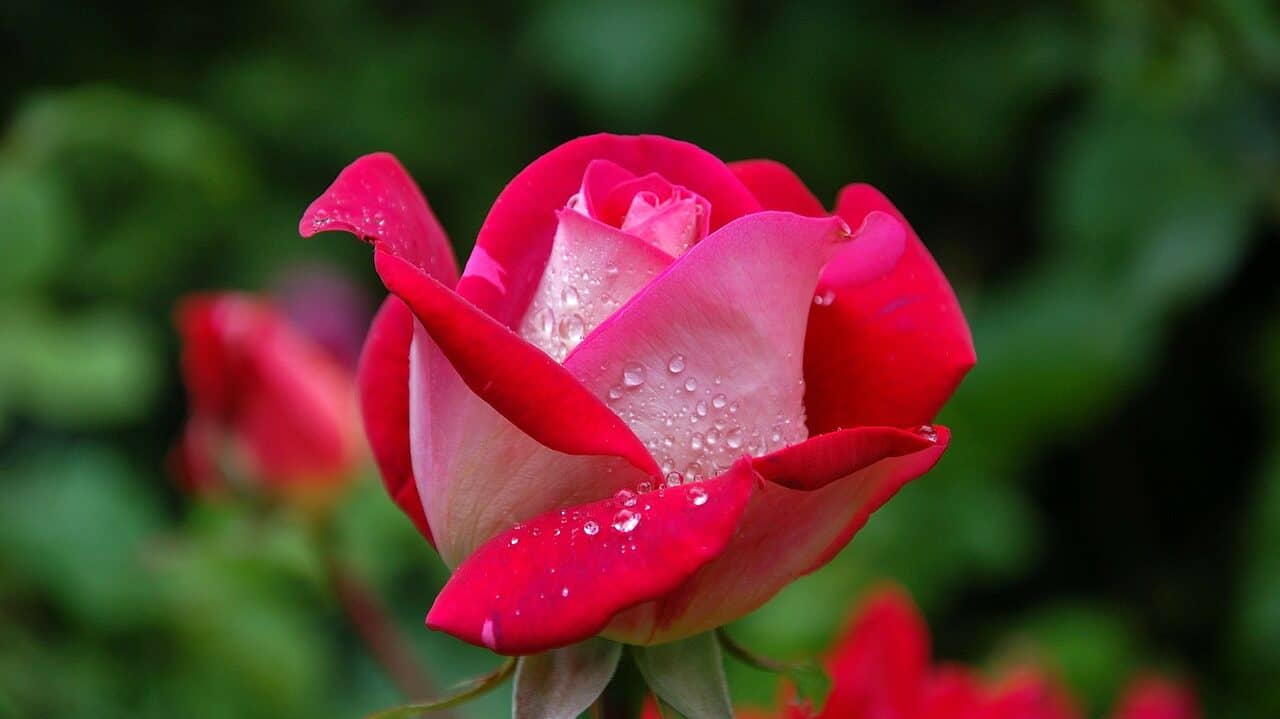
When the temperature is below 10℃, the rose will grow very slowly or even stop growing. If the temperature is lower than 5°C, frostbite or death may occur. Therefore, in that situation, you need to provide an energy-saving screen.
Protective target: temperature control, saving energy
EyouAgro Project Case:
Greenhouse Location: Colombia
Needs: Light and Temperature Contro
Solution: transparent energy-saving screen,
internal aluminet thermal screen

Conclusion
Depending on the protection targets of each flower, the greenhouse needs to be able to meet different requirements. To achieve this, the greenhouse needs to be covered with a special screen, which provides shade to regulate temperature and light, insulation to prevent cold temperatures at night or protection from the cold in winter. They can even improve the utilization of light by means of diffusion films, allowing flowers to grow better. Aluminet shade cloth, in particular, not only provides good shade but also good insulation at night.
EyouAgro netting is a great way to keep a suitable internal environment in your Greenhouse. It’s durable and can withstand the toughest of storms, keeping your plants safe and healthy. It will help them grow better during the hot summer and cold winter.

